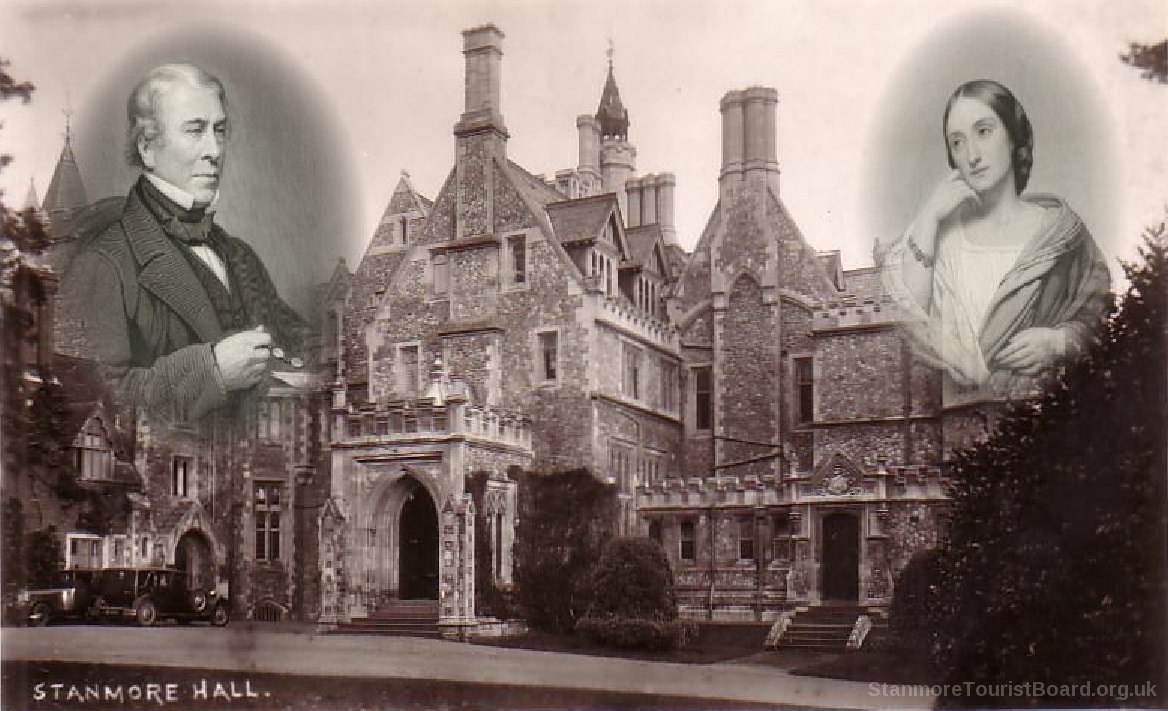Robert Hollond and his wife Ellen Julia where Stanmore Halls first owners. Ellen’s father Thomas Teed owned the property which was on the site before the Hall was built. It was known as Dower house and Ellen lived there with her parents for many years prior to getting married. The pair purchased the new property in 1847, and although they spent time abroad, Stanmore Hall became their main home. Robert Hollond was very much the Richard Branson of the day and the two of them in 1800’s society attracted almost a celebrity status. Robert was a lawyer and entrepreneur with a dash of daring on account of his interest in aeronautical science, and was a founding member of the ’Aeronautical Society of Great Britain’
The Hollonds
Robert, was born in 1808, his father William Hollond was a govenment official in Bengal. William had great plans for his son, so Robert came to live in England when still a boy. Academically gifted, after leaving school he enrolled at Corpus Christi College in Cambridge studying law. Making good grades he obtained a Bachelor of Arts in 1828, and graduated with a Masters, in 1831. Hollond became a lawyer and was called to the bar at Lincoln’s Inn in 1834.
Ellen Julia’s father like Roberts, worked in India. She was born in 1822 in the southern city of Madras. Her father was the entrepreneur and businessman Thomas Teed. Ellen was sent to live in England whilst still a small child. First, she lived at the family home in Richmond Surrey and when her parents came back to England for good in 1835, they bought the old Dower house on Stanmore Hill.
Robert became a fine lawyer, did well at business and was a natural entrepreneur but above all, his biggest passion in life was aviation. Holland was a founding member of the ’Aeronautical Society of Great Britain’ and his field was ballooning. Around this time one of the leading lights in the Ballooning world was one of his close friends Charles Green. Green was a fellow member of the society, and a professional balloonist, he had been instrumental in adding a few prototype ideas to his balloon and to showcase then to the world, hit on the idea of a non-stop balloon journey from London to Germany.
Green had the balloon and the know-how but the one thing he was lacking was the finances for such an expedition. He approached Robert, who jumped and the chance, not only to back him but to also take part in the adventure himself. They recruited Thomas Monck Mason, the Irish musician, writer, and fellow balloonist to travel with them, and set plans in action.
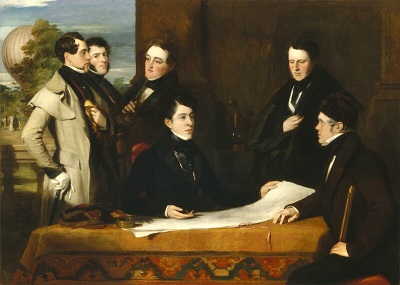
A colossal balloon had been built by the proprietors of Vauxhall Gardens under Greens instructions, and this was duly rented by Hollond for the event. On 7 November 1836 huge crowds gathered in Vauxhall Gardens, London to watch the spectacle. The balloon set off at 1:30 pm with the intrepid trio and crossed the channel at Dover, eighteen hours later they touched down in Nassau, Germany having covered some 500 miles. This was the longest flight that Man had accomplished up to that time and the record remained unbeaten for over 70 years. In fact the record was only broken when man started using powered flight, when in 1914 Karl Ingold set a new world endurance record, flying nonstop for 16 hours 20 minutes in an Aviatik biplane
To capture the event Robert commissioned a painting from his friend the artist, John Hollins. Hollins even manages a cameo in the painting standing at the rear between Walter Prideaux and Sir William Milbourne James. The work entitled ’A Consultation prior to the Aerial Voyage to Weilburg’ shows the three adventures seated around a map laid out on a table devising a flight plan for the journey. In the background it the famous Vauxhall Balloon which was later renamed ’The Great Balloon of Nassau’. Props used in the painting were actual artefacts from the journey including the lantern, a fur hat and compass placed on the table, and a telescope held by Charles Green.
Following their record-breaking balloon expedition, the three aeronauts returned to their daily lives Thomas Monck Mason wrote the 52-page account of their adventure. Charles Green, naturally enough, continued in his chosen profession, as did his brother Harry, together they became very successful aviators, and Robert Hollond took up a new challenge, this time in politics.
Robert joined the Whigs party and in 1837, just one year after his fame as a record breaking balloonist took up his position in the House of Commons representing the constituency of Hastings. His political outlook very much mirrored the Whigs Liberal ideology, he was a reformer and pledged to support the universal ballot. A very well-respected MP, Robert held the position for fifteen years, untill 1852, although according to parliamentary records of the day it is noted that he did not speak in the Commons for at least the first ten years
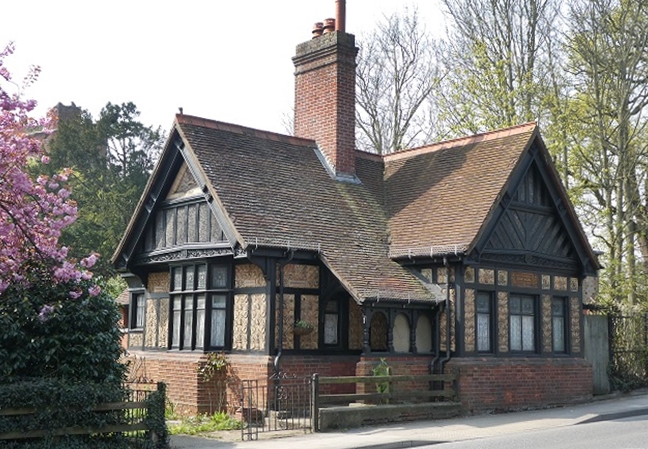
It was during his time as an MP, that he met a very likeminded young lady named Ellen Julia Teed, the pair married on 18 March 1840.
Ellen was well known in her own right as an authoress always interested in promoting the welfare of others, especially by the generous donation of money to good causes. In a time where the woman would stay home and look after the children, one of her ideas was to get ladies into the workplace, and so in London, in 1844 she opened what was thought to be the world’s first creche. She also founded an English nurses’ homes in Paris and Nice, the latter was still in existence at the end of the nineteenth century. Ellen would spend half of her year in London and the rest of her time in her salon in Paris. She was very humanistic in her approach on life and attracted a circle of friends with a forward-thinking and reformist attitudes, it was said that her clique was the most prominent and well known in Paris.
Ellen’s fathers’ old home on Stanmore Hill was called Dower House, the property had been demolished and rebuilt, larger and grander and was now known as Stanmore Hall. In 1847 The Hollonds became its first owners and it became their principle London home. Through the 1860’s Stanmore Hall was becoming the nucleus of Little Common and a network of helpers and properties began to spring up around the Hall, to provide assistance with the day to day living. Housemaids’ servants’ gardeners and labourers. The gatehouse lodge became home to the cook and her husband
Around the wood Lane area farm buildings were built to house the apparatus and agricultural workers to provide food for the residents and their staff. A new laundry was built to take care of the household clothes and linens, stables for the horses, and ornamental cottages were built around the common many surviving to this day, including Maytree cottage which became the ’William the Forth’ public house. Two existing properties over the road were leased out called Woodbine Cottage which had outbuildings and Springlands, with its own stable and coach house. Further down Stanmore Hill stood ’The Cottage’ this also had a stable and a gardener’s cottage and nearly five acres of meadow. There were two other cottages with a plantation and meadow and the detached farm lodge in Dennis Lane was on the site of the present Hall Farm Drive.
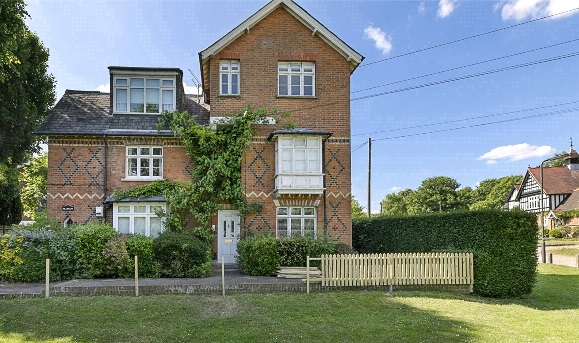
As well as these buildings being built around the Hall, the Hollond’s also purchased existing properties up Stanmore Hill. Syon House and Elm House, were two rather fine gentleman’s houses which they leased out. Some shops including a baker and of course a pub. The pub in question was the ’The Queens Head’ Public House located at the foot of Stanmore Hill. It was during Hollonds time that the original pub which was located opposite the entrance to Stanmore Hill moved to new premises at No. 1 Stanmore hill. The new pub being larger was utilized well and came in handy for church meetings attended by the local commoners and landowners including William Hallett who owned Canons and Thomas Clutterbuck owner of the local Stanmore brewery. Being ever the businessman Hollond later leased the premises to Clutterbucks brewery and it became one of their tied houses. After stepping down as an MP in 1852, Robert made himself busy in local politics often working with local businessmen and landowners like the Clutterbucks and the Blackwells, he would also enjoy home life with Ellen and could be found sketching and painting, favorite themes included views across Harrow, and his estate in Stanmore.
The Hollond Mausoleum
During the 1800’s it became fashionable for the wealthier families to be buried in their own family mausoleums rather than a simple grave. In 1867 Robert hit on the idea to have his own one built in the nave of the disused brick church. This impressive example of Victorian wealth was lavishly built of red sandstone, limestone and marble for himself and his family. Decorated with intricate carvings and the Hollond coat of arms, it had an angel poised at each corner hands at prayer. Robert was to die ten years later in 1877 and was interned there. The mausoleum still survives although battered by the weather and vandalism over the years. It can be viewed on the ’Old Church’ open days or seen through the church railings at all other times. Due to the fragile state of the Mausoleum, the family members that were laid to rest there have been moved into the churchyard and are buried in a vault with a simple stone memorial.
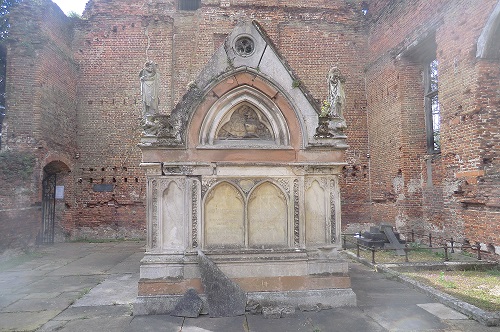
After Roberts death Ellen gave up travelling to Paris and lived all year round at the Hall, the travelling was getting tiresome but at least she still had her circle of friends which would visit her at home. Both Ellen and Robert had an interest in art, and many nice pieces adorned the walls of Stanmore Hall. one piece in particular was Ellen’s favourite. It was by the Parisian artist François Boucher, and the piece was entitled ’Pan and Syrinx’. Rather than it be lost or sold after her death she kindly donated it to the National Gallery in 1880, and today still forms part of their collection.
The Hollond Memorials
A number of memorials still exist around Stanmore remembering the couple, the grandest of which is Hollond Lodge, also known as Churchyard Lodge. In 1881 as a fitting memorial to her husband, Ellen commissioned Churchyard Lodge, an attractive arts and crafts style cottage beside the churchyard of St. John the Evangelist on the Uxbridge Road. The land was given to her by George Glyn, the first Lord Wolverton who owned the nearby Stanmore Park Estate. The Lodge was designed by the British architect Brightwen Binyon, and built in Red brick plinth, half-timbered with terracotta it has an armorial crest and the motto VINCIT QUI SE VINCIT. "He Conquers Who Conquers Himself." The panel over central window inscribed ’ERECTED IN LOVING MEMORY OF ROBERT HOLLAND BY ELLEN JULIA HIS WIDOW 1881’.
Robert Hollond is also commemorated in a window on the south side of the present church. The decorative window was manufactured by British textile designer William Morris and Co. and was designed by Edward Burne-Jones, it depicts minstrel angels playing harps and organs. The glass was painted by Bowman and Dearle, who also painted the window surround in typical Morris tree work pattern. Morris would again visit Stanmore when employed by Stanmore Halls next owner, William Knox D’Arcy to decorate the interior of the hall, making the famous Holy Grail tapestries.
Harrow council attached their own tribute on the wall of Stanmore Hall in the shape of a ’Harrow Brown Heritage Plaque’ a nice touch unfortunaly they spelled both his and his wife’s name wrong.
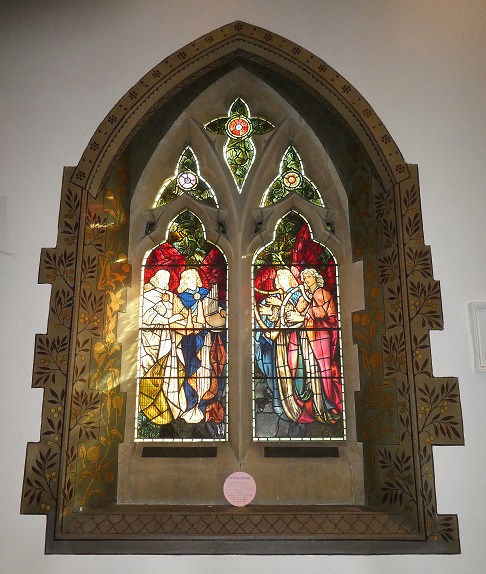
Stanmore
Ellen passed away at the Hall in 1884, after her death the Hollonds children stayed on in the hall for a couple of years, and then in 1888 Robert and Ellen’s nephew, John Robert Hollond put the Hall and the whole estate up for sale.
It was bought by an equally impressive owner, William Knox D’Arcy a British entrepreneur, who would own a mountain of gold, help fuel an empire, and give Britain the resources it needed for successes in both the First and Second World War.
